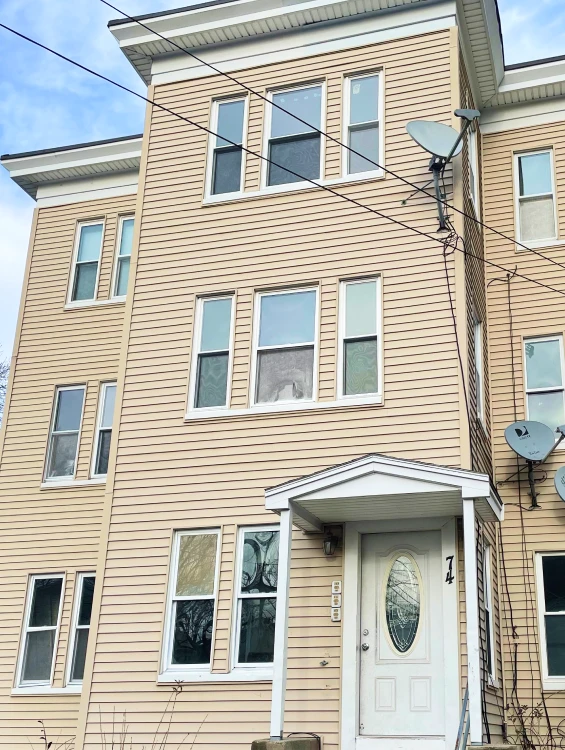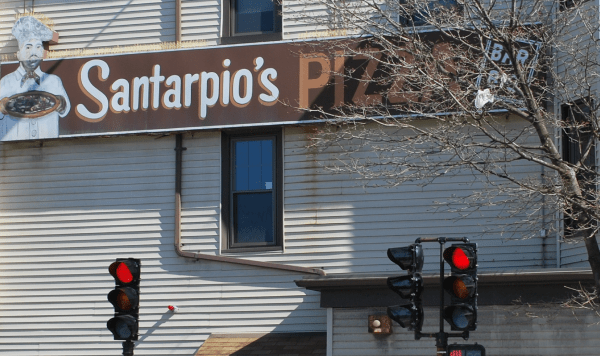Participants received either 1,332 mg/day or 1,998 mg/day, depending on their weight, for 30 days; however, there was no placebo control group (Gualtieri et al., 2011). Acamprosate was well tolerated, improving alcohol craving and relapses while reducing protracted withdrawal symptom severity measured using the Clinical Institute Withdrawal Assessment for Alcohol (Gualtieri et al., 2011). We restricted eligibility to human adult populations (ages ≥ 18 years), examining any pharmacological (e.g., medications) or nonpharmacological (e.g., psychotherapy) interventions for the treatment of PAWS.
If the patient is hypoglycemic, glucose should not be withheld, and dextrose 50% in water (25 mL to 50 mL) and thiamine (100 mg intravenously) should be provided. Due to its preferable pharmacokinetics, Diazepam is the benzodiazepine of choice, especially with a history of prior delirium tremens and severe withdrawal symptoms.56 Lorazepam may be preferable in patients with preexisting liver disease. Outpatient withdrawal may be more appropriate for patients who are at low risk of developing severe withdrawal syndrome. Patients with moderate or severe alcohol withdrawal, medical complications and multiple failed attempts at abstinence may need close monitoring, in indoor setting. Oral benzodiazepines are the best studied and most effective drugs for preventing a severe alcohol withdrawal syndrome, particularly the risk of seizures and delirium.
Medications

Pregabalin https://nhaphodepsaigon.vn/how-to-make-meaning-that-matters-at-work/ has shown efficacy for treating uncomplicated AWS and related negative affective symptoms in a 2-week open-label study (Di Nicola et al., 2010) and a 2-week multicenter trial versus tiapride and lorazepam (Martinotti et al., 2010b). These findings were replicated in a 16-week multicenter trial against naltrexone, which found that pregabalin was well tolerated, improving withdrawal symptoms as well as naltrexone (Martinotti et al., 2010a). However, some of pregabalin’s pharmacokinetic improvements—such as quicker absorption and higher potency—have led to a concomitant increase in its abuse potential (Häkkinen et al., 2014; Schjerning et al., 2016). Although there is some evidence for targeted pharmacotherapy for treating specific PAWS symptoms, there are few recent, robust, placebo-controlled trials, and the level of evidence for treatment efficacy is low.
Benzodiazepines
Besides a psychiatrist, other healthcare professionals that should be involved include the internist, neurologist, pain specialist, intensivist, mental health nurse, pharmacist, and sometimes a cardiologist. Pharmacists should evaluate for drug-drug interactions and assist in the selection and dosing of drugs used to control withdrawal symptoms. For most patients, relapses and remissions are very common alcohol withdrawal syndrome symptoms following addiction to drugs and alcohol.

Historical: Detoxification with Alcohol
The clinical presentation varies from mild to severe and the onset of symptoms typically occurs a few hours after the last alcohol intake. The most common manifestations are tremor, restlessness, insomnia, nightmares, paroxysmal sweats, tachycardia, fever, nausea, vomiting, seizures, hallucinations (auditory, visual, and tactile), increased agitation, and tremulousness. A minority of patients develop very severe alcohol withdrawal syndrome, including delirium tremens. These symptoms involve disturbances in a wide range of neurotransmitter circuits that are implicated in alcohol pathway and reflect a homeostatic readjustment of Twelve-step program the central nervous system 7–9. Gabapentin, which has structural similarity to GABA, is shown to be effective in the treatment of alcohol withdrawal 63,64. Gabapentin was as effective as lorazepam in a randomized, double blind controlled study on 46 in-patients with alcohol withdrawal in the treatment of acute mild to moderate AWS 65.

The syndrome typically presents as mild anxiety and gastrointestinal discomfort and can progress to severe manifestations, such as alcohol withdrawal delirium, which poses significant diagnostic and management challenges. Reoux et al., and Malcolm et al., concluded that Valproic acid significantly affects the course of alcohol withdrawal and reduces the need for treatment with a benzodiazepine 61,62. These two double-blind, randomized studies showed that patients treated with Valproic acid for 4 to 7 days dropped out less frequently, had less severe withdrawal symptoms including fewer seizures, and required less oxazepam than patients receiving either carbamazepine or placebo.
You might find it helpful to take note of your symptoms and possible triggers. According to the research, these symptoms can endure weeks or even months after discontinuing use. This, as well as impulse control disorders, can last up to 4 weeks after discontinuing use.
- Given the abundance of single-treatment RCTs and the shortage of head-to-head RCTs, NMAs can provide a novel knowledge synthesis of the available data.
- We specifically sought articles relating to medications commonly used in India and those that can be recommended based on strong evidence.
- At some point, it may be helpful to include your partner or family, too.
The drug is repeated at 5-20 mg per dose every 5-15 minutes until adequate control of agitation is achieved. After agitation is controlled, an hourly dose is given as needed to maintain light somnolence. Should such therapy be undertaken, patients should be referred to appropriate outpatient treatment programs at the time of discharge to avoid interruption of detoxification or maintenance treatment regimens.
- Abrupt cessation of alcohol exposure results in brain hyperexcitability, because receptors previously inhibited by alcohol are no longer inhibited.
- Stimulant-withdrawal syndrome is treated with observation alone and does not require any specific medications.
- A fixed daily dose of benzodiazepines is administered in four divided doses.
- Due to its long half-life, serum and tissue methadone concentrations rise over the first several days of scheduled daily methdone dosing and patients should be monitored for signs of opioid toxicity.
- Nonetheless, diagnosis and treatment are often delayed until dramatic symptoms occur.
First, although NMA is a powerful tool for comparative effectiveness research, some of our evidence relied on indirect treatment comparisons, which are more susceptible to bias than head-to-head comparisons. Yet, for most outcomes, available indices suggested consistency between direct and indirect evidence. Second, for a subset of pharmacotherapies (e.g. phenobarbital, individual anticonvulsants, and some antipsychotics), the availability of few RCTs and the use of small samples create imprecise and potentially underpowered estimates. However, this is one of the reasons for conducting an NMA in the first place, because it can pool small sample sizes to boost statistical power.
Short-acting benzodiazepines, such as oxazepam and midazolam, must be tapered carefully to avoid breakthrough symptoms and seizures. Benzodiazepines can be administered by using fixed-schedule or symptom-triggered regimens with or without loading. The Clinical Institute Withdrawal of Alcohol Scale, Revised (CIWA-Ar) has been validated and is used for medication administration in symptom-triggered therapy. In this approach, medication is given only when the CIWA-Ar score is higher than 8 points. 29 The efficacy profile is better with symptom-triggered therapy than with fixed-schedule dosing in patients admitted for detoxification 30 but not necessarily for the treatment of DT. The most effective way to prevent alcohol withdrawal syndrome is to avoid drinking or drinking only in moderation.
Alcohol Withdrawal Syndrome: Benzodiazepines and Beyond
Furthermore, as most extant AWS studies are limited to acute withdrawal treatment, further research remains needed regarding the post-acute withdrawal abstinent period (Williams & Mc-Bride, 1998). The alcohol withdrawal syndrome is a spectrum and ranges from anxiety and mild tremors to potentially life-threatening delirium tremens characterized by autonomic hyperactivity, tachypnea, hyperthermia, and diaphoresis. Symptoms of insomnia, anxiety, and mild tremors can occur while there is still a detectable alcohol level in the patient’s blood work.